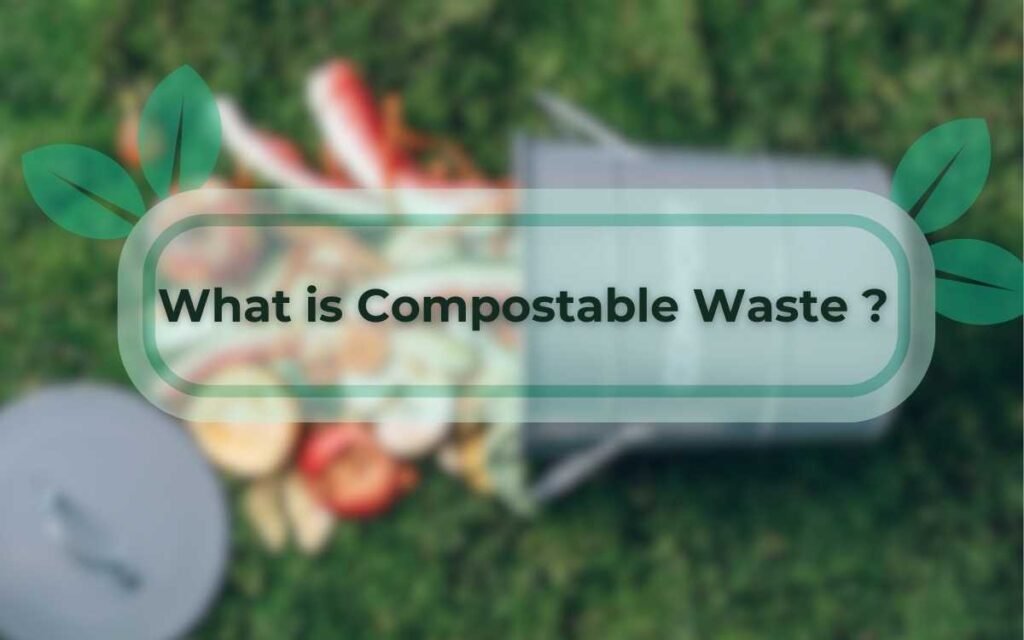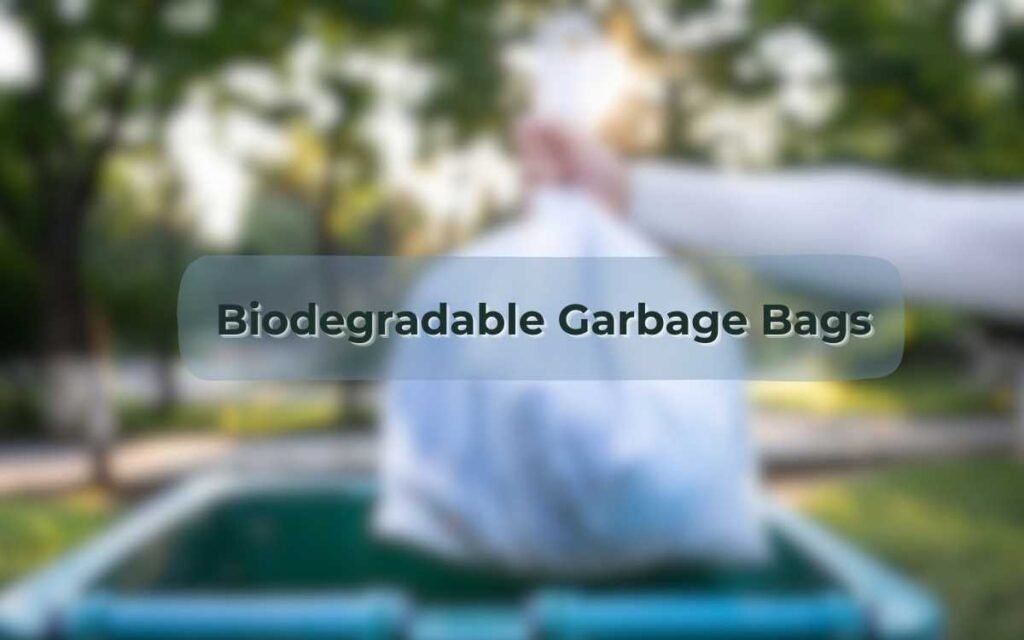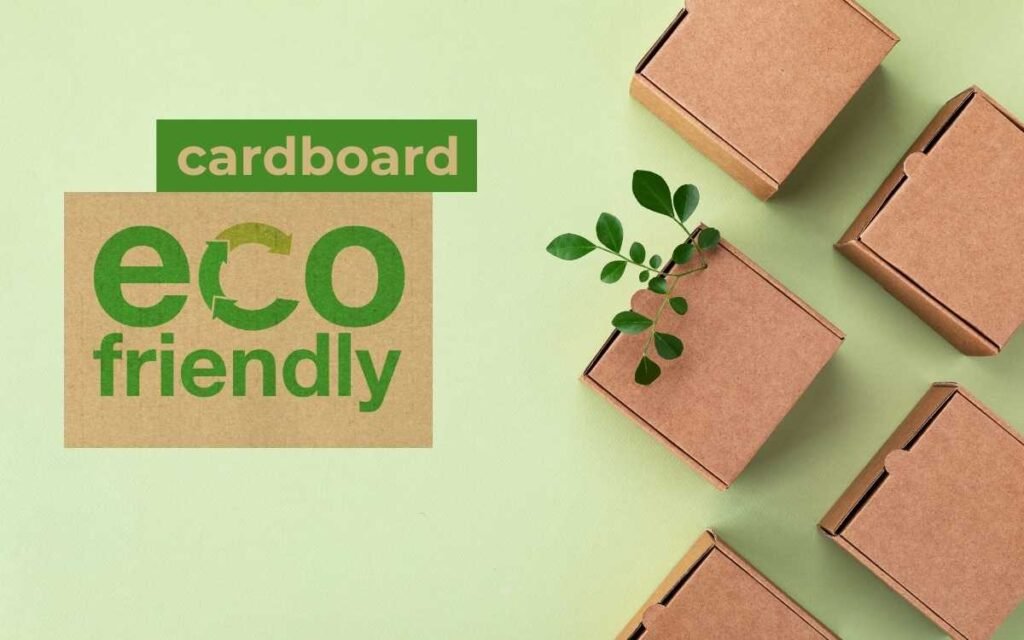
- Introduction
- Is Cardboard Boxes Biodegradable
- Types of Biodegradable Cardboard
- Can We Recycle Corrugated Cardboard
- Is Cardboard Eco-friendly?
- Environmental Impact of Biodegradable Cardboard
- Cardboard Decomposition Time
- Recycling vs Composting Cardboard
- Key Factor for Cardboard Degradation
- Steps to Decompose Cardboard
- Pros and Cons of Biodegradable Cardboard
- Bottom Line
Introduction
Cardboard is everywhere around us. We encounter it in the boxes that deliver our online purchases and as packaging for products on store shelves. With more focus on living sustainably, people are paying more attention to eco-friendly options.
Therefore, environmentally friendly choices are in the spotlight. This brings us to a crucial question: is cardboard biodegradable?
This article explores the lifecycle of cardboard, it’s types, recyclability, environmental impact. similarly, we will see differences of biodegradable cardboard vs recyclable cardboard.
What steps should you take to decompose cardboard? and much more. Let’s start this informative journey.
Is Cardboard Boxes Biodegradable
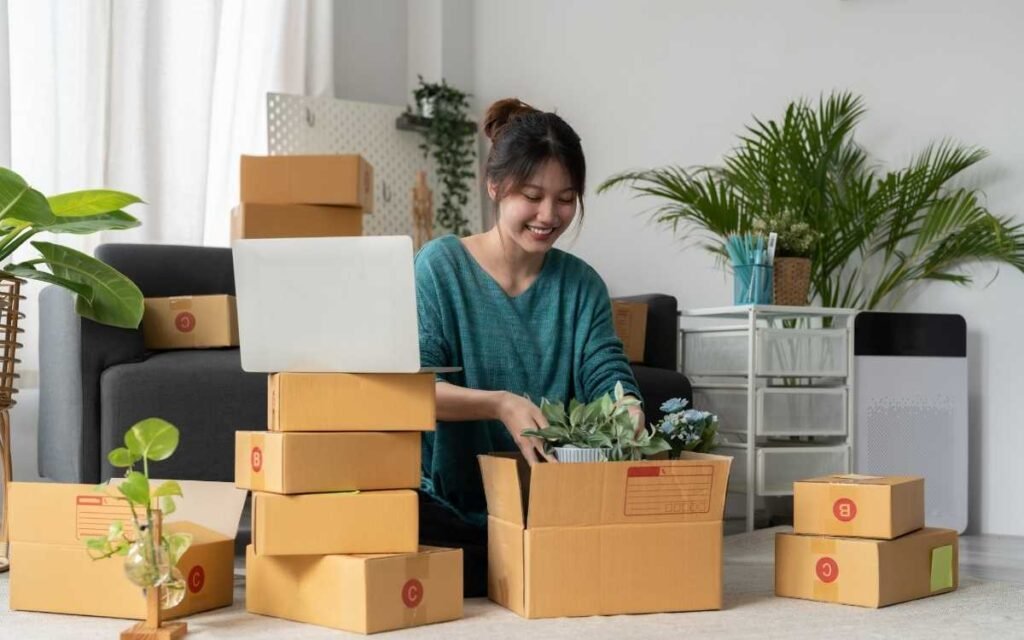
Yes, cardboard boxes are biodegradable.
Cardboard is mainly made from tree pulp. This makes it naturally prone to break down over time. When it’s out in nature or in compost, the decomposition starts.
Here question arises – Why?
Actually, natural microorganisms feed on its cellulose fibers. This action results in the cardboard breaking down.
Yet, there’s a catch. Not all cardboard is the same. Some are plain, while others have synthetic coatings.
Untreated cardboard?
It breaks down fast, often in just a few months. But if it has chemicals or laminates, it takes longer. These additions can even make decomposition harder.
Considering its eco-friendliness is essential. We must think about where it comes from and how it’s treated. Most cardboard boxes do break down naturally. But for the best environmental impact, make sure they lack non-natural treatments or coatings.
Types of Biodegradable Cardboard
Cardboard is everywhere in modern life. We see it in packages on our doorsteps. It’s also in boxes in our storerooms. But not all cardboard is the same. Some types prioritize sustainability and are biodegradable.
Let’s explore these eco-friendly options.
1. Cardboard spools
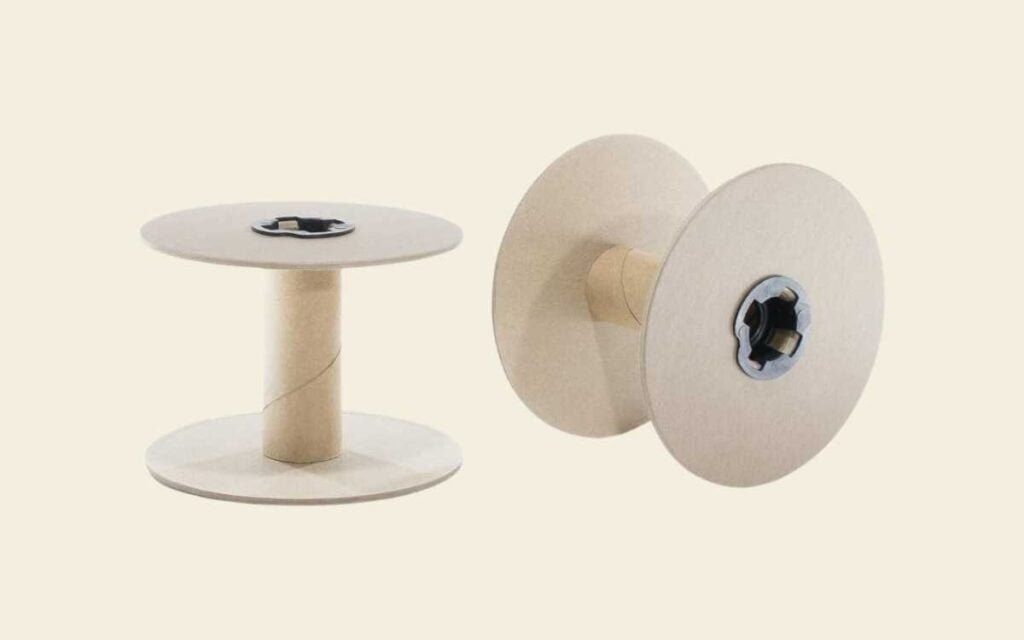
Corrugated cardboard spools, also known as Corrispool, offer a cheaper and eco-friendly option compared to traditional wood, metal, or plastic reels. These spools have several benefits, making them practical for various uses. Unlike heavier options, cardboard spools are light, making them easy to handle while still being strong and durable.
They work well for winding cables, hoses, and rope.
Plus, they’re hassle-free when used with equipment. Made from tough cardboard, they’re reliable and can be recycled entirely.
You can also customize them with printed designs for branding purposes.
Overall, cardboard spools are a smart choice economically and environmentally, perfect for packaging needs.
2. Mushroom packaging
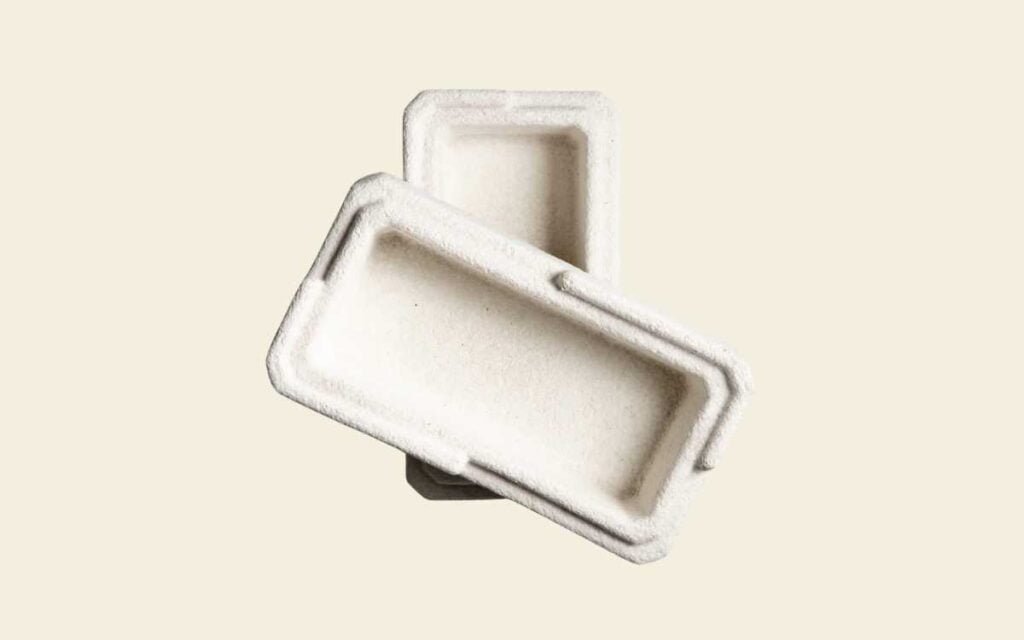
Mushroom Packaging is a type of eco friendly cardboard made from mushroom roots and agricultural waste like corn stalks and hemp fibers. It’s customizable and eco-friendly.
The process involves mixing mycelium with waste, forming a sturdy material in about 7-10 days.
It needs minimal energy to produce and can compost in 45 days.
Unlike polystyrene, it’s renewable and emits fewer carbon emissions.
After use, it can be composted or reused, enriching soil quality for plant growth. It’s a sustainable option for packaging, offering a greener alternative to traditional materials.
3. Cornstarch packaging
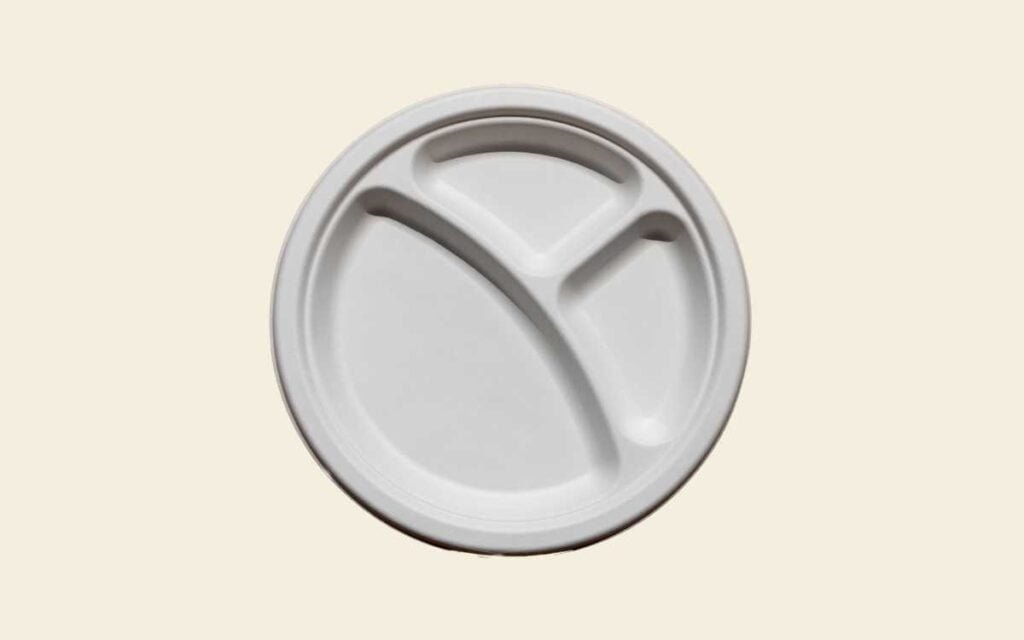
Cornstarch packaging is a green alternative to plastic. It’s used for takeaway food items like trays, bags, and plates.
Made from renewable sources like corn, it’s biodegradable and doesn’t harm the environment.
This type of packaging is part of a trend toward eco-friendly materials. It’s made of PLA plastic, which is better for the environment than regular plastic.
When disposed of properly, it breaks down quickly, leaving behind no harmful substances. This helps to reduce pollution and supports sustainability efforts.
4. Corrugated boxes
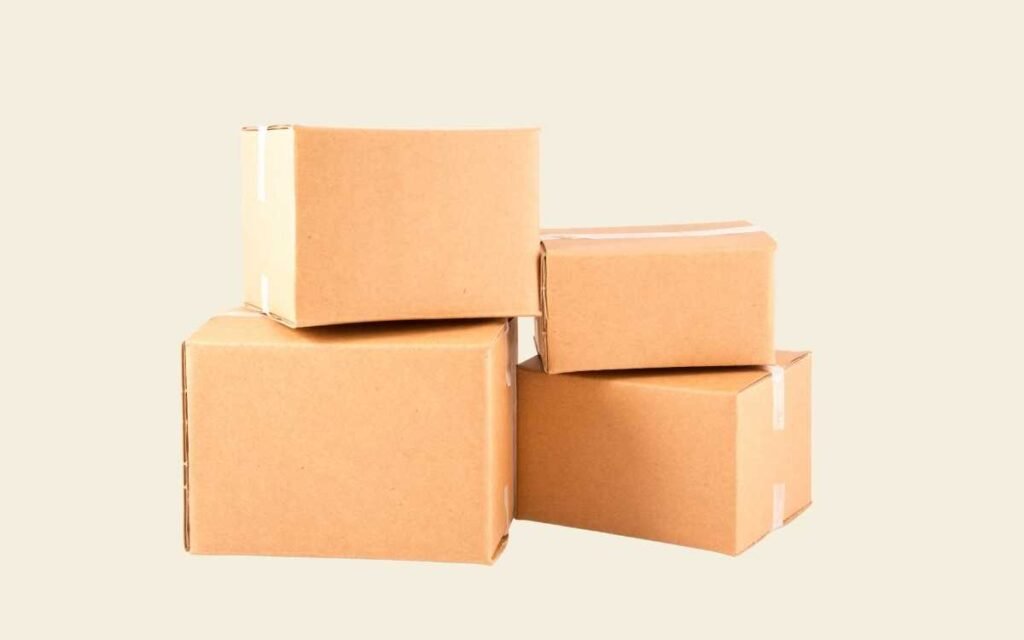
Corrugated boxes are strong and lightweight, made of layers for protection. They resist shocks, moisture, and temperature changes during shipping.
There are four types: single-wall, double-wall, single-face, and triple-wall.
They offer customization for product packaging and a good unboxing experience. Corrugated packaging is eco-friendly and cost-effective to produce and recycle. It’s a smart choice for businesses aiming for strong, customizable, eco-friendly, and affordable packaging solutions.
5. Biodegradable Packing Peanuts

Biodegradable packing peanuts are made from natural starches like wheat and corn. They dissolve quickly in water, posing no harm to wildlife if accidentally eaten. Unlike foam peanuts, they decompose rapidly, making them eco-friendly.
They protect delicate items during shipping and can be dissolved at home or added to compost piles.
To identify them, look for their green color, lack of static electricity, and ability to dissolve in water.
6. Water-Soluble Plastic

Water-soluble packaging dissolves in hot water, offering an eco-friendly alternative to plastic.
Made from polyvinyl alcohol (PVOH), it’s biodegradable and certified compostable.
It is Ideal for various applications, except food wrapping, it can be dissolved or composted for disposal.
While ink printing lacks compostable certification, it’s eco-friendly. This packaging addresses concerns about plastic pollution, providing a greener solution for a sustainable future.
Can We Recycle Corrugated Cardboard
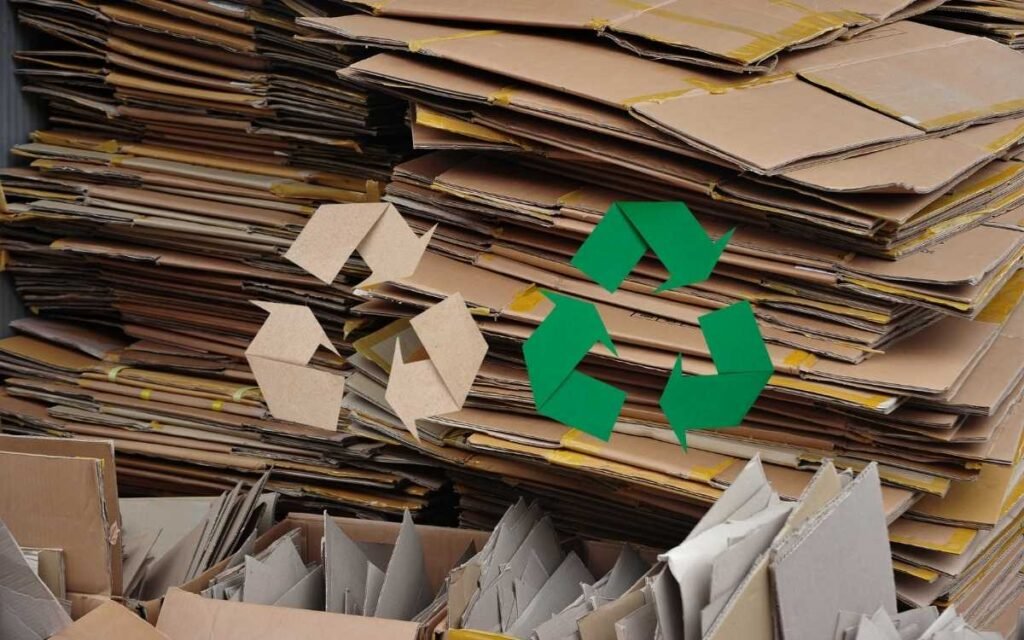
Yes, we can.
Corrugated cardboard is not just recyclable, but it’s also one of the most commonly recycled material.
Here’s how the process works:
Firstly, gather and separate your corrugated cardboard from other waste. This ensures a smooth recycling process.
Then, the cardboard gets transported to a recycling facility. Here, it undergoes a series of steps that include shredding, pulping, and finally, remolding.
As a result, the old cardboard transforms into brand-new sheets, ready to be used again.
In fact, recycling corrugated cardboard not only conserves valuable resources but also reduces the need to cut down more trees.
So, the next time you have a cardboard box lying around, remember its potential. By recycling, you’re not just giving that box another shot at life but also contributing to a greener planet.
Is Cardboard Eco-friendly?
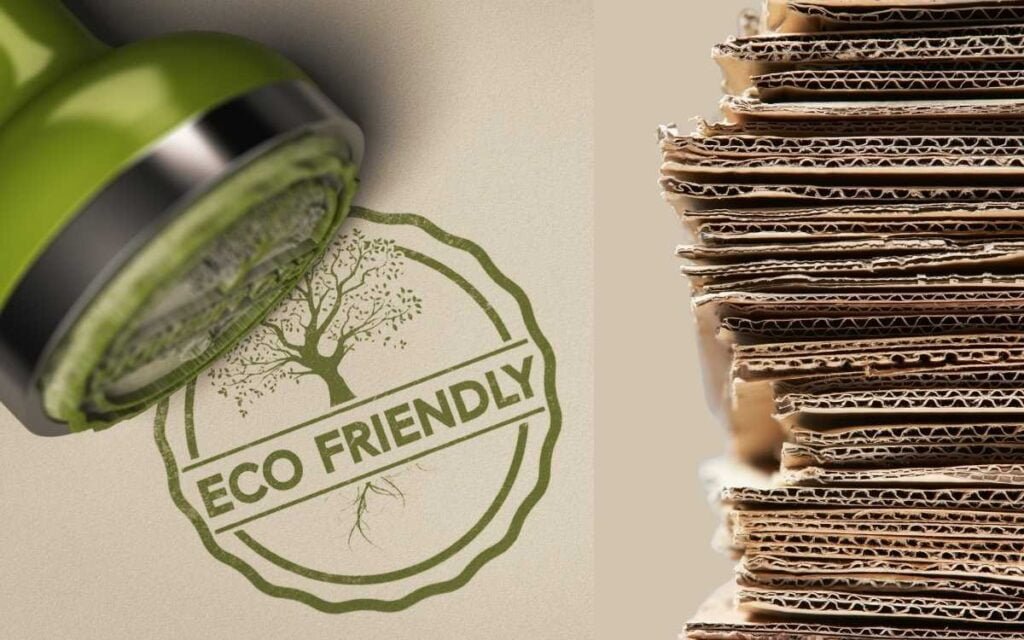
Yes, it is.
Cardboard, especially when compared to many other materials, stands out as an eco-friendly option.
Here’s why –
To begin with, cardboard is made primarily from renewable resources: trees.
Trees, as we all know, are a natural and sustainable resource, especially when harvested responsibly. As the trees grow, they absorb carbon dioxide, promoting a healthier environment.
Furthermore, cardboard is biodegradable. This means it breaks down naturally over time, returning essential nutrients back to the earth. Cardboard doesn’t stay in landfills for centuries like some plastics do. Instead, it breaks down in a much shorter time.
Moreover, as we discussed earlier, cardboard is recyclable. Recycling it conserves both energy and resources, reducing the demand for new raw materials.
Environmental Impact of Biodegradable Cardboard
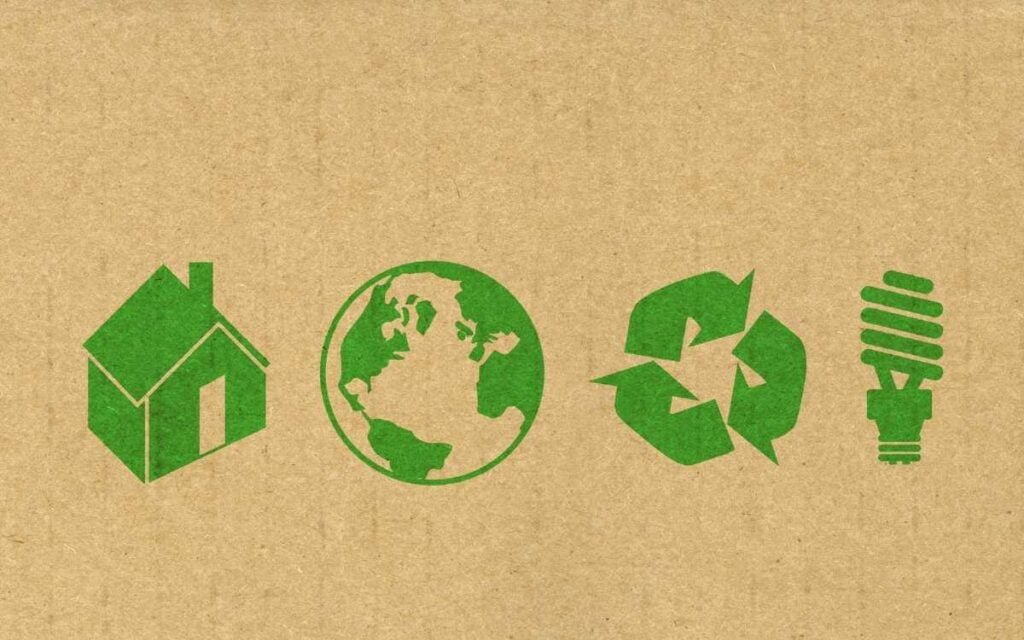
Eco friendly cardboard has a significantly lower environmental impact than traditional cardboard. This is because microorganisms in the environment can break it down. This means it doesn’t pollute the environment. It also doesn’t contribute to climate change.
Traditional cardboard is made from wood pulp, which is a renewable resource. However, the production of traditional cardboard requires a lot of energy and resources. Additionally, traditional cardboard can take hundreds of years to decompose in landfills.
Eco friendly cardboard is made from different materials. These include recycled paper, plant fibers, and starches. These materials are much more sustainable than wood pulp and can be broken down much faster.
Cardboard Decomposition Time

The decomposition time of cardboard can vary. Factors include the type of cardboard. The conditions of disposal also play a role. The presence of microorganisms is another factor.
Traditional cardboard can take hundreds of years to decompose in landfills. This is because it is made from wood pulp, which is a natural material that is resistant to decomposition.
It can decompose much faster than traditional cardboard. The decomposition time of biodegradable cardboard can vary. It depends on the materials used to make it. The disposal conditions also affect it.
For example, compostable cardboard can decompose in a compost pile in as little as a few weeks. Water-soluble cardboard can dissolve in water in a matter of minutes.
Eco friendly cardboard decomposes differently based on where it’s disposed of. In landfills, it breaks down slower than in compost. This is due to fewer microorganisms in landfills. These microorganisms help break down biodegradable materials.
However, eco friendly cardboard in landfills still decomposes faster than traditional cardboard.
Here is a general overview of the decomposition time of different types of cardboard:
- Traditional cardboard: Hundreds of years in landfills
- Recycled cardboard: Decades in landfills
- Compostable cardboard: Weeks in compost piles
- Water-soluble cardboard: Minutes in water
It is important to note that, decomposition time of cardboard can vary. Factors like moisture, temperature, and sunlight play a role.
Recycling vs Composting Cardboard
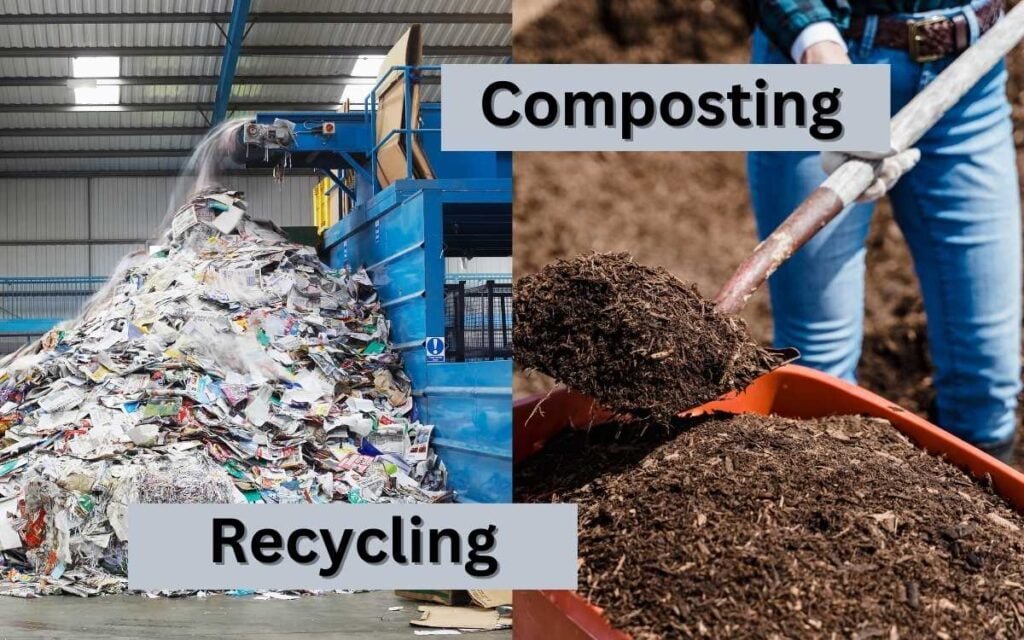
Recycling Cardboard
It is a great way to reduce waste and conserve resources. When cardboard is recycled, it’s broken into individual fibers. These fibers are then used to create new items. These can include boxes, shipping containers, and other paper products.
Recycling cardboard requires less energy and resources than producing new cardboard from scratch. Additionally, recycling cardboard helps to reduce greenhouse gas emissions and water pollution.
To recycle cardboard, it should be clean and dry. It should also be flattened and broken down into small pieces. Cardboard can be recycled at most curbside recycling programs.
Composting Cardboard
Composting cardboard is another great way to reduce waste and support sustainable practices. When cardboard is composted, it breaks down into organic matter that can be used to fertilize gardens and lawns.
Compostable cardboard is made from plant-based materials that can be broken down by microorganisms in the compost pile. It is important to note that not all cardboard is compostable. Only cardboard that is certified compostable should be composted.
To compost cardboard, it should be shredded into small pieces and added to the compost pile. The compost pile should be turned regularly to help the cardboard decompose.
Key Factor for Cardboard Degradation
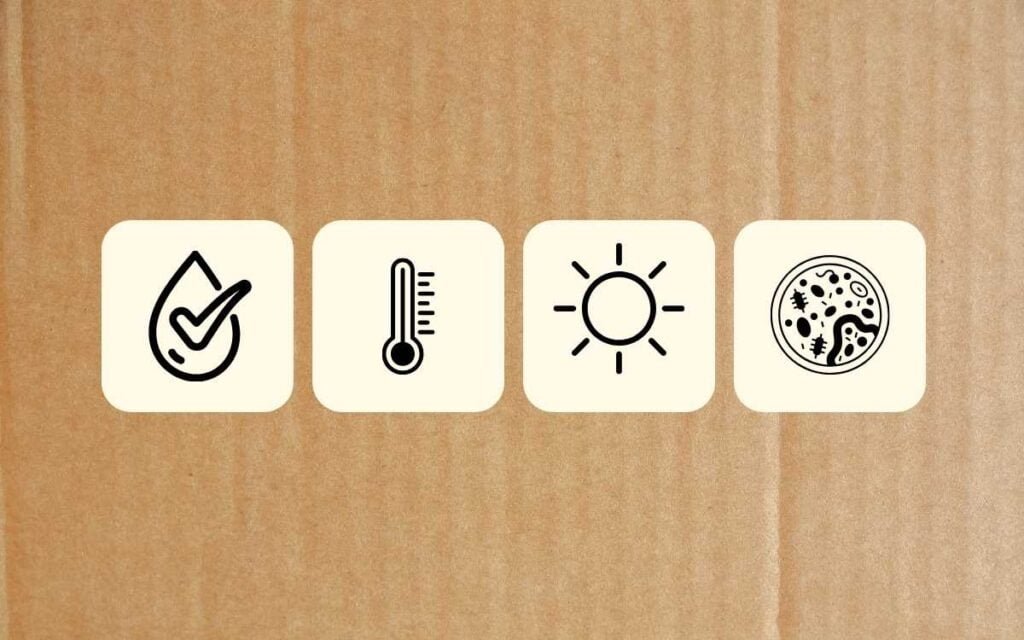
The degradation of cardboard is influenced by various elements. Here are the primary factors that drive its decomposition –
- Moisture: Cardboard breaks down faster when exposed to water or high humidity. Moisture softens the fibers, making it easier for microorganisms to consume.
- Temperature: Warmer conditions speed up decomposition as microorganisms work more actively. In contrast, colder temperatures slow the process down.
- Sunlight: Direct exposure to sunlight affects cardboard. Especially the ultraviolet rays. They can speed up cardboard’s breakdown.
- Microorganisms: The presence of bacteria and fungi promotes quicker decomposition. They feed on the cardboard, breaking it into simpler substances.
Steps to Decompose Cardboard
There are two main ways to decompose cardboard: recycling and composting.
Recycling
Recycling means turning used stuff into new things instead of just throwing them away. It helps save materials and reduces pollution. Recycling is good for your community and the planet.
To recycle cardboard, follow these steps:
- Clean and dry the cardboard. Remove any food scraps, stickers, or labels.
- Crush the cardboard. This will make it simpler to carry and recycle.
- Break down the cardboard into small pieces. It will help to decompose fast.
- Take the cardboard to a local recycling center. Most curbside recycling programs also accept cardboard.
Composting
Composting is a natural recycling process. It turns organic materials into a nutrient-rich addition. This addition improves soil fertility and health. Composting offers a sustainable choice. It prevents sending food scraps and yard waste to the landfill.
To compost cardboard, follow these steps:
- Shred or tear the cardboard into small pieces.
- Add the cardboard to your compost pile or bin. Layer the cardboard with other organic materials, such as food scraps, leaves, and grass clippings.
- Water the compost pile or bin regularly. Keep the compost moist, but not soggy.
- Turn the compost pile or bin regularly. This will help air to get into the compost and make things break down faster.
Pros and Cons of Biodegradable Cardboard
Pros
Reduced environmental impact: Biodegradable cardboard decomposes quickly. It breaks down faster in compost piles or landfills compared to traditional cardboard. This helps to reduce the amount of waste that ends up in landfills and incinerators.
Sustainability: Biodegradable cardboard is made from sustainable materials. Examples include recycled paper and plant fibers. This reduces the demand for new, virgin materials. It also helps conserve natural resources.
Versatility: Biodegradable cardboard has multiple uses. It can create packaging, paper products, and even furniture. . This makes it a sustainable alternative to traditional cardboard.
Cons
Cost: It can be more expensive than traditional cardboard. This happens because it uses more sustainable materials. Additionally, the manufacturing process might be more intricate.
Availability: It is not as widely available as traditional cardboard. This can make it more difficult to find and purchase.
Certification: It is important to choose biodegradable cardboard that is certified compostable or biodegradable. This ensures that the cardboard will decompose in a compost pile or landfill.
Bottom Line
In conclusion, most cardboards can biodegrade to some extent. However, choosing biodegradable cardboard is a bigger step for the environment. This choice breaks down faster. It also uses less new, virgin resources.
This is due to its use of recycled materials. By choosing green options, we send a clear message to manufacturers. It shows the kind of world we want. As more people want eco-friendly products, industries will change. They will adopt more sustainable practices.
Thus, every choice we make creates change. It helps us live more in tune with nature.




